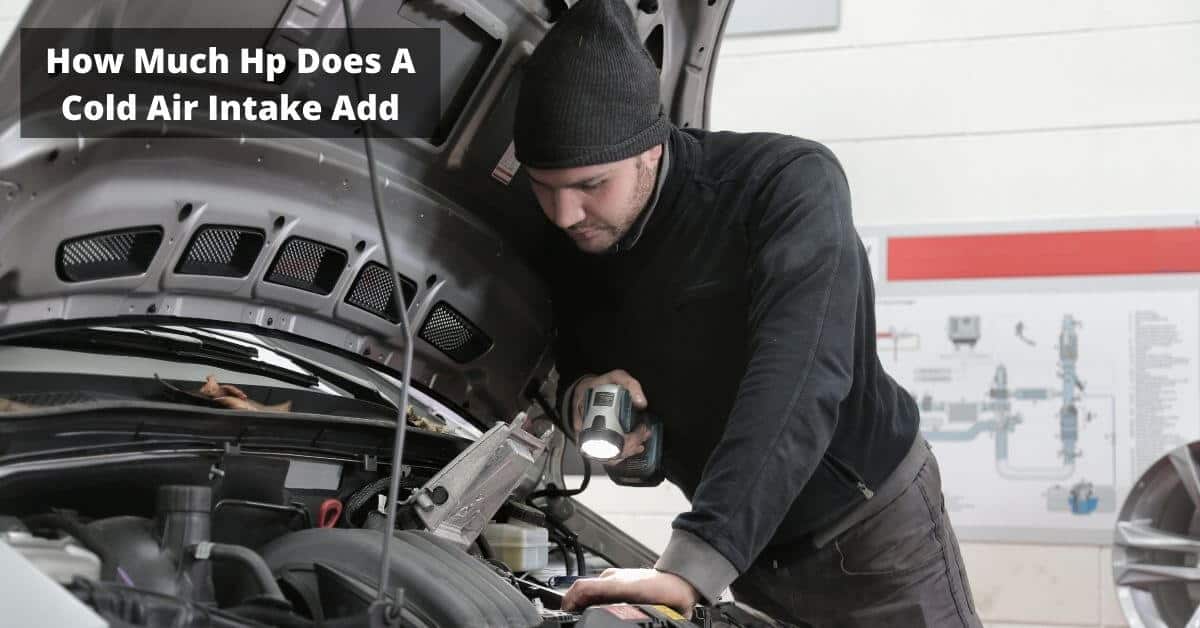Let's talk about car horsepower! Specifically, how much oomph you can squeeze out of your engine just by swapping out a part – the cold air intake. For car enthusiasts, even the *idea* of adding horsepower is exciting. For everyday drivers, understanding how to improve your car's efficiency (which can indirectly lead to performance gains) is genuinely useful. So, how much HP does a cold air intake *really* add? It's a question that gets thrown around a lot, and the answer, like most things in the car world, is: it depends!
First, what *is* a cold air intake? Simply put, it's a replacement for your car's factory air intake system. The stock system is often designed to be quiet and efficient, but not necessarily performance-oriented. A cold air intake aims to draw cooler air into the engine. Why cooler air? Because cooler air is denser, meaning it contains more oxygen. More oxygen means the engine can burn more fuel, leading to more power. For beginners, think of it like giving your engine a bigger breath of fresh air!
Now, for the burning question: horsepower gains. Manufacturers often advertise impressive numbers, but real-world results vary. Generally, you can expect to see gains in the range of 5 to 15 horsepower. This might not sound like a huge leap, but it can make a noticeable difference in acceleration and overall responsiveness, especially at higher RPMs. For hobbyists, even a small bump in HP can be satisfying, especially when combined with other performance modifications. For families, while raw horsepower might not be the primary concern, a cold air intake can sometimes improve fuel efficiency slightly, saving money at the pump.
It's important to remember that not all cold air intakes are created equal. There are different designs and materials used, which can affect performance. Some are "short ram" intakes, which place the filter closer to the engine (potentially drawing in warmer air). Others are "long tube" intakes, which extend the filter further away from the engine, ideally drawing in cooler air from outside the engine bay. There are also variations in filter type – some are washable and reusable, while others need to be replaced periodically. Consider a performance air filter replacement as a middle ground option.
Practical Tips for Getting Started:
- Research your car: Not every cold air intake is compatible with every vehicle. Use online resources or consult with a mechanic to find one that's designed for your specific make and model.
- Read reviews: See what other owners of your car have to say about specific cold air intake kits. Pay attention to ease of installation, sound, and overall performance.
- Installation: Many cold air intakes can be installed at home with basic tools, but if you're not comfortable working on your car, consider having a professional install it.
- Consider a tune: While not always necessary, a tune (reprogramming your car's computer) can help maximize the benefits of a cold air intake by optimizing the air/fuel ratio.
In conclusion, while a cold air intake might not turn your everyday car into a race car, it can provide a noticeable boost in performance and potentially improve fuel efficiency. It's a relatively simple and affordable modification that can add a bit of fun and excitement to your driving experience. Remember to do your research and choose a quality intake that's right for your vehicle and driving style, and enjoy the added responsiveness!





